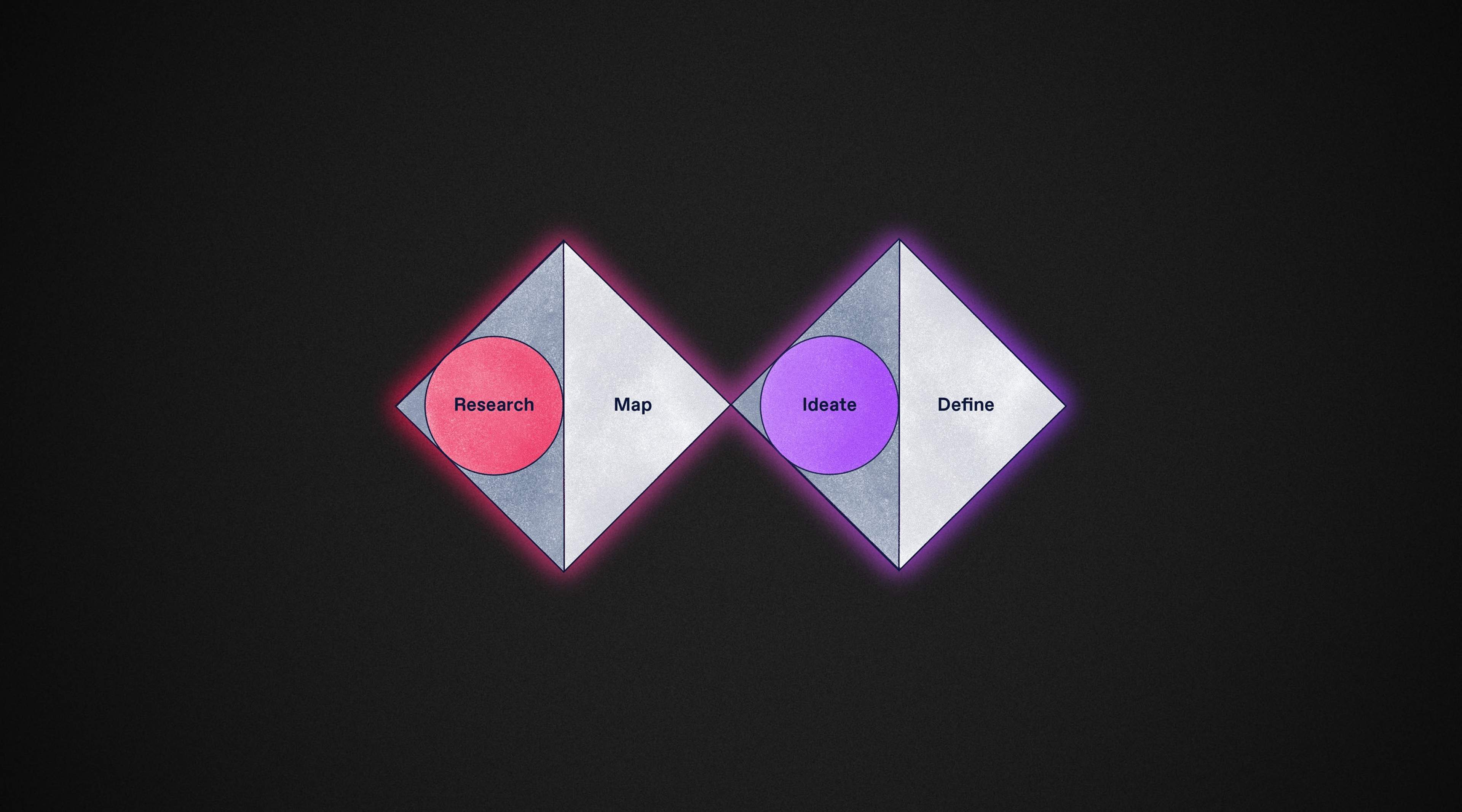Too often, innovators try to build the right thing using this process:
Have an idea → Build it → See if people like it
That’s all great for romanticizing lightning bolts of inspiration, but if you don’t test whether you’re building the right thing until the product exists, it’s kind of too late to get all that time and money back.
While innumerable designers and firms try to build the next revolutionary solution, you can get a leg up by asking a simple question: Is this the right thing to build for the people who will be using it?
This shouldn’t be a question limited to company leaders either. Everyone involved in the building of a new product should be asking at every step of the process whether it makes sense to move forward.
To build the right thing, step away from the solutions
Design thinking allows you to step back from the idea and survey if the problem is real, and if you fully understand it. When you run right to a solution, it’s hard to know whether you really understand users’ needs.
A problem statement helps to fill out the landscape of the project: what need you are addressing and how? To get there, you have to center your users and challenge your assumptions at every stage.
When you assume you have the right idea, your assumptions might not hold up to scrutiny. If you attack your ideas with as many counter-arguments as possible, you’ll prove its value. The double diamond method helps you to facilitate this way of working.






